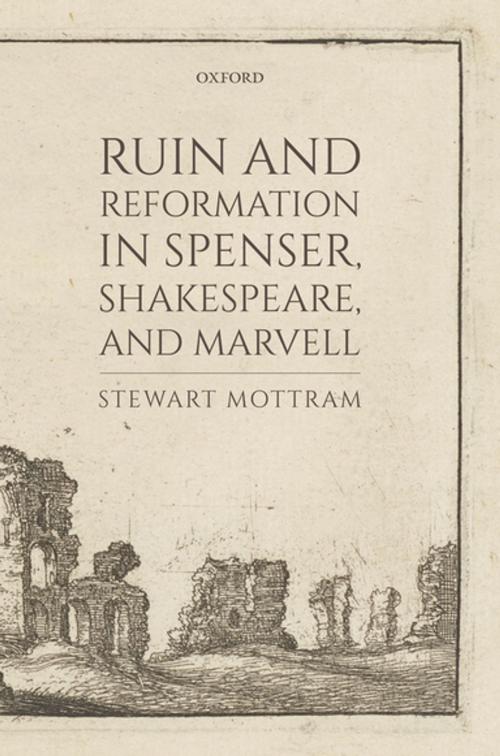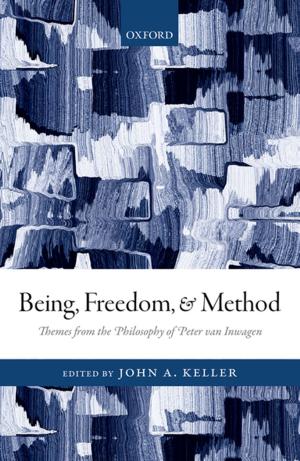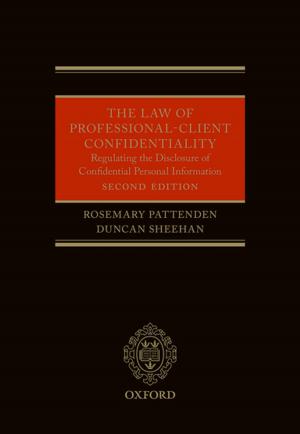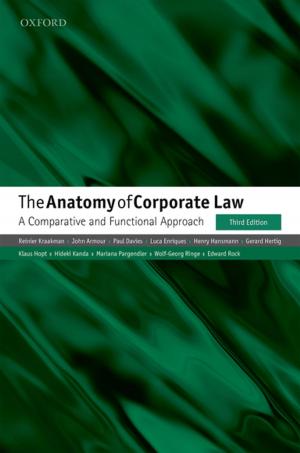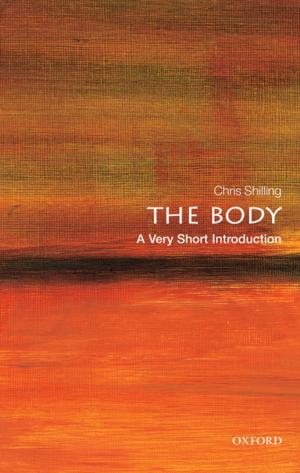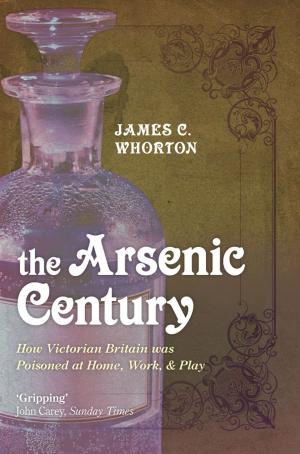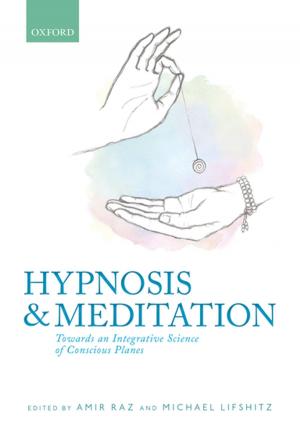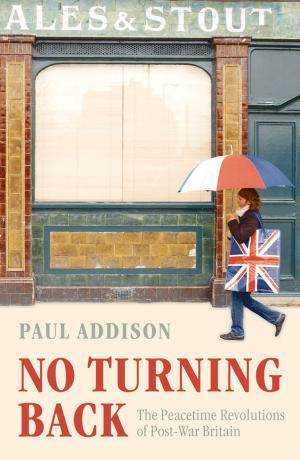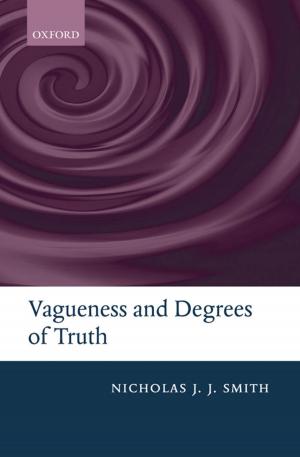Ruin and Reformation in Spenser, Shakespeare, and Marvell
Fiction & Literature, Literary Theory & Criticism, Drama History & Criticism, Nonfiction, History| Author: | Stewart Mottram | ISBN: | 9780192573438 |
| Publisher: | OUP Oxford | Publication: | January 31, 2019 |
| Imprint: | OUP Oxford | Language: | English |
| Author: | Stewart Mottram |
| ISBN: | 9780192573438 |
| Publisher: | OUP Oxford |
| Publication: | January 31, 2019 |
| Imprint: | OUP Oxford |
| Language: | English |
Ruin and Reformation in Spenser, Shakespeare, and Marvell explores writerly responses to the religious violence of the long reformation in England and Wales, spanning over a century of literature and history, from the establishment of the national church under Henry VIII (1534), to its disestablishment under Oliver Cromwell (1653). It focuses on representations of ruined churches, monasteries, and cathedrals in the works of a range of English Protestant writers, including Spenser, Shakespeare, Jonson, Herbert, Denham, and Marvell, reading literature alongside episodes in English reformation history: from the dissolution of the monasteries and the destruction of church icons and images, to the puritan reforms of the 1640s. The study departs from previous responses to literature's 'bare ruined choirs', which tend to read writerly ambivalence towards the dissolution of the monasteries as evidence of traditionalist, catholic, or Laudian nostalgia for the pre-reformation church. Instead, Ruin and Reformation shows how English protestants of all varieties—from Laudians to Presbyterians—could, and did, feel ambivalence towards, and anxiety about, the violence that accompanied the dissolution of the monasteries and other acts of protestant reform. The study therefore demonstrates that writerly misgivings about ruin and reformation need not necessarily signal an author's opposition to England's reformation project. In so doing, Ruin and Reformation makes an important contribution to cross-disciplinary debates about the character of English Protestantism in its formative century, revealing that doubts about religious destruction were as much a part of the experience of English protestantism as expressions of popular support for iconoclasm in the sixteenth and seventeenth centuries.
Ruin and Reformation in Spenser, Shakespeare, and Marvell explores writerly responses to the religious violence of the long reformation in England and Wales, spanning over a century of literature and history, from the establishment of the national church under Henry VIII (1534), to its disestablishment under Oliver Cromwell (1653). It focuses on representations of ruined churches, monasteries, and cathedrals in the works of a range of English Protestant writers, including Spenser, Shakespeare, Jonson, Herbert, Denham, and Marvell, reading literature alongside episodes in English reformation history: from the dissolution of the monasteries and the destruction of church icons and images, to the puritan reforms of the 1640s. The study departs from previous responses to literature's 'bare ruined choirs', which tend to read writerly ambivalence towards the dissolution of the monasteries as evidence of traditionalist, catholic, or Laudian nostalgia for the pre-reformation church. Instead, Ruin and Reformation shows how English protestants of all varieties—from Laudians to Presbyterians—could, and did, feel ambivalence towards, and anxiety about, the violence that accompanied the dissolution of the monasteries and other acts of protestant reform. The study therefore demonstrates that writerly misgivings about ruin and reformation need not necessarily signal an author's opposition to England's reformation project. In so doing, Ruin and Reformation makes an important contribution to cross-disciplinary debates about the character of English Protestantism in its formative century, revealing that doubts about religious destruction were as much a part of the experience of English protestantism as expressions of popular support for iconoclasm in the sixteenth and seventeenth centuries.
